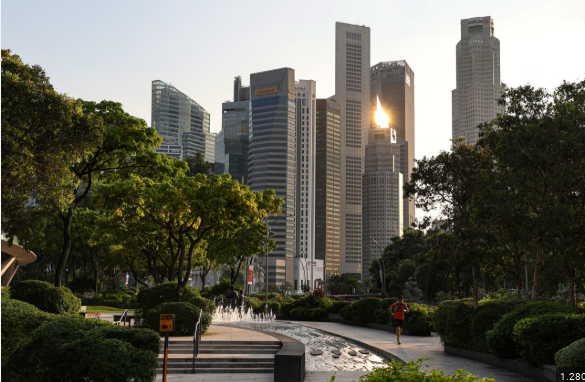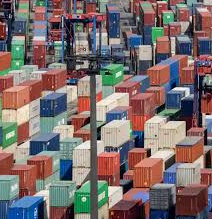Regulators and financiers must support SMEs, but companies themselves must also take proactive steps.
South-east Asia’s small and medium-sized enterprises (SMEs) are vital to the region’s economy, contributing nearly half of the GDP and employing 85% of the workforce. However, their involvement in the growing green economy remains limited. As the green transition accelerates, these SMEs risk missing out on new business opportunities and potentially losing their existing market positions.
A recent survey revealed that eight out of ten SMEs have lost business opportunities due to increasingly stringent emissions compliance policies imposed by their customers and suppliers. This highlights the pressing need for SMEs to adapt to the green economy to stay competitive.
While regulators and financiers can play a key role in encouraging SMEs to transition toward more sustainable practices, the responsibility ultimately lies with the companies themselves to take action. There is a growing need for SMEs to integrate sustainability into their operations to avoid being sidelined in the green economy.
Singapore, recognized as a regional hub for innovation and sustainability, is in a prime position to set an example by providing the necessary support to SMEs. By doing so, the city-state could accelerate the development of a greener South-east Asia, helping SMEs adapt and thrive in a future where environmental considerations are central to business success.








